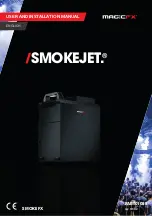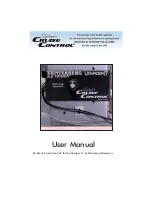Summary of Contents for Tempo BLTP
Page 1: ......
Page 56: ...54 SEWING BASICS ...
Page 94: ...92 UTILITY STITCHES ...
Page 111: ......
Page 112: ...New F0_Tacony_cover ...
Page 1: ......
Page 56: ...54 SEWING BASICS ...
Page 94: ...92 UTILITY STITCHES ...
Page 111: ......
Page 112: ...New F0_Tacony_cover ...

















